So you have started accepting credit cards but do you know how to quickly and easily tell if you’re paying too much for processing? In the credit card industry just about any company will offer you a free statement analysis, but I am going to show you how to easily do it yourself to determine your “effective rate” or sometimes called “true rate.” The effective rate is the first thing a merchant service provider will evaluate when looking at your statements. The effective rate tells you how much of your processing volume (your revenue), is going towards paying for your cost of processing.
To find the effective rate, you will need a current monthly statement and a calculator. The quickest way to know your effective rate is to take your total processing volume and divide that by your total sales volume. Let’s take a look at an example:
Once you have your statement, you will first want to remove American Express fees from the equation. Their pricing is higher than Visa, MasterCard, and Discover and it will skew the effective rate. You will also want to remove any one-time fees, like a setup fee or if your processor charges for not being PCI compliant. You only want to factor in the fees that are tied directly to your processing.
Example 1 – without Amex.
This example is a retail establishment that sells flooring, countertops, lightening and other high-end interior home finishes. They handle Card Present (CP) transactions on a counter top terminal. They do not accept American Express which makes this statement easy to calculate and why I chose it for the first example.
Sample merchant statement

Let’s do the math:
(Total Charges and Fees / Total Sales)= Effective Rate
$14,505.82 / $591,777.27 = 0.0245 or 2.45%.
So their effective rate is 2.45%.
Example 2 – with AMEX
This example is a restaurant processing card present transactions on a POS system. Things to note about this account before we do the math. Take note of the Amex sales amounts. The fact that the Discount Paid and Per Item Paid is 0.00, should tell you that this merchant has an “American Express ESA” account which means AMEX bills this merchant separately for their AMEX fees, meaning outside of their processing statement. Not removing the AMEX drastically changes the effective rate and makes the analysis incorrect.

Let’s do the math for a statement with AMEX:
Total Charges and Fees / (Total Sales – Amex Sales) = Effective Rate
$1,358.97 / ($71,522.64 – $18,051.62) = 0.0254 or 2.54%
So their effective rate is 2.54%
What is a good effective rate?
Now that we know how to calculate our effective rate, what does it mean? The effective rate does not do you any good if you don’t know what is considered a high effective rate or a low effective rate. You will also need to factor in your industry type: retail, restaurant, lodging, Mail Order/Telephone Order (MOTO) or a “High Risk” account. On average, a good effective rate is between 2 – 3% for a typical account. A “typical account being” Card Present transactions in a traditional setting like retail or restaurant.
What can increase your effective rate?
- Downgrades
- Chargebacks
- One time fees throwing off numbers
- American Express fees
- Rollover fees, depending on your processor
- Keyed-In credit card information
- Industry Type (E-commerce, High Risk, MOTO)
Downgrade – when the cost of the transaction has increased due to Risk. Some examples are: skipping verification information like the Zip code, CVV or not running the card as Card present (swiping or inserting card) in a payment device. Leaving transactions in your terminal or payment solution for more than 24 hours before batching. There are many reasons why a transaction will downgrade, if you have a high number of downgrades, speak with your merchant service provider about ways to decrease downgrades.
Chargebacks – are when a customer calls their credit card company and disputes a charge for something they have paid for or ordered and wants their money back. This is not a refund or return. If the card issuer deems the claims of the client warranted then the card issuer will debit your merchant account for the amount that was run plus additional fees to process the chargeback. As a merchant you are now out the money you were originally paid, plus the chargeback amount and often the product or service that were paid for. Reasons for chargebacks:
- Item was never received
- Customer extremely dissatisfied by service offered
- Customer was billed incorrectly
- Customer does not recognize the charge from the merchant
One-Time Fees – are additional charges like set-up fees or PCI non-compliance fees. These are fees that are either billed one-time or fees that could be removed from the statement if fixed, like the PCI non-compliance fee.
Rollover fees -fees that have rolled over into the next monthly statement, if your processor does this, it is best to analyze two months of statements.
Knowing how to find your effective rate is a good way for you to be able to keep an eye on how much of your revenue is going towards the cost of accepting credit cards. If your effective rate seems high, maybe it is time to speak to your merchant service provider…or find a new one.

